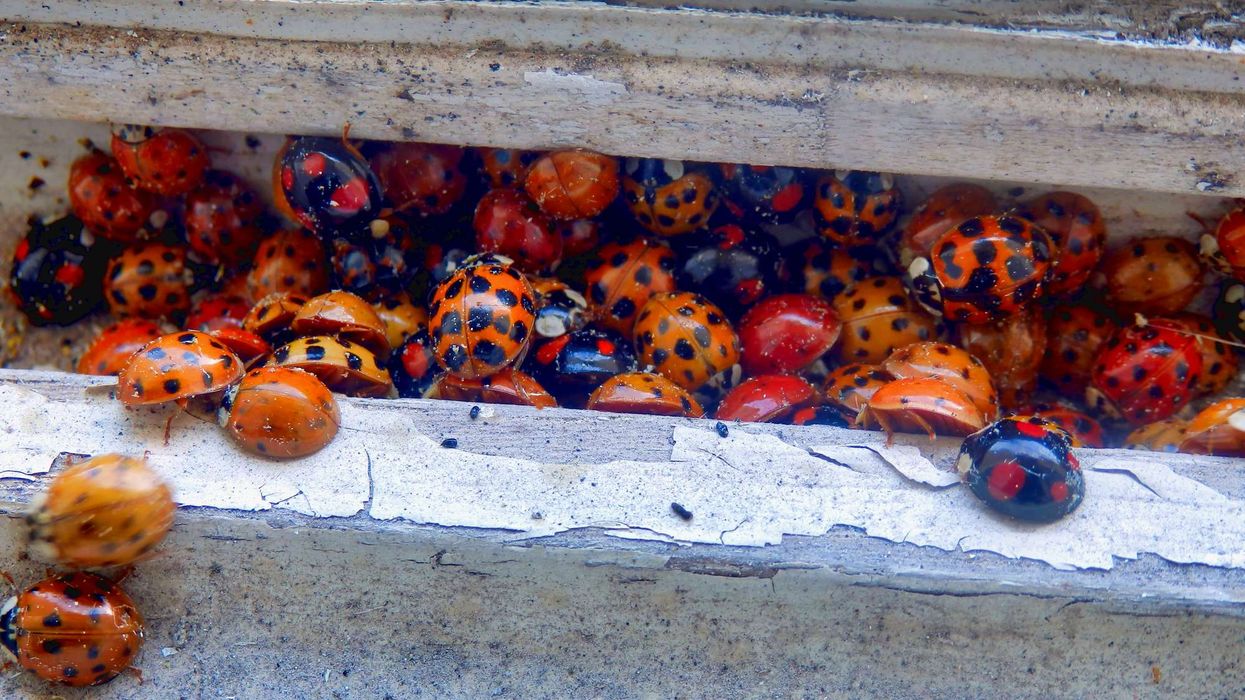Highlights:
- Ladybird swarms reported across Essex and Suffolk coastal towns
- Hot weather likely driving the sudden surge in population
- Sightings include Point Clear, Shoebury, Clacton and Felixstowe
- Similar outbreaks occurred in 1976 during another hot UK summer
Sudden surge in ladybird numbers across the southeast
Millions of ladybirds have been spotted swarming towns and villages along the Essex coast, with similar sightings stretching into Suffolk. Residents have reported unusually high numbers of the red and black-spotted insects, particularly near coastal areas, with the recent hot weather believed to be a major contributing factor.
One of the largest gatherings was filmed on a beach at Point Clear, a village near St Osyth in Essex, where the insects could be seen piling on top of each other on driftwood and plants.
Sightings have also been reported in Shoebury, Clacton, Felixstowe, and Lowestoft, with many locals surprised by the sheer volume of insects.
Locals share surprise at ‘millions’ of beetles
A local resident from St Osyth described the scene:
“There were just millions of them. I was just in shock, really, because I've never seen that many ladybirds all together at once. There was loads flying about. One landed on my face, and other ones were landing on my dogs."
The insects, which belong to the beetle family Coccinellidae, appeared to cluster in warm areas along the coast, particularly on wood, vegetation, and man-made objects on the beach.
Link to high temperatures and past infestations
This summer is shaping up to be one of the hottest on record in the UK, with temperatures forecast to reach 34°C in some parts over the weekend. June 2025 was already recorded as England’s warmest June ever, and the second hottest UK-wide since records began in 1884, according to the Met Office.
Hot summers have previously caused surges in ladybird numbers. In 1976, a prolonged heatwave led to an infamous nationwide infestation. According to the British Entomological and Natural History Society, an estimated 23 billion ladybirds swarmed southern and eastern England that year.
Species information and identification
While the ladybirds currently being seen are believed to be native red species, they are occasionally confused with the Asian lady beetle, which was introduced to the UK in 2004. The Asian species, originally used in North America to control aphids, has since established itself in parts of Britain.













